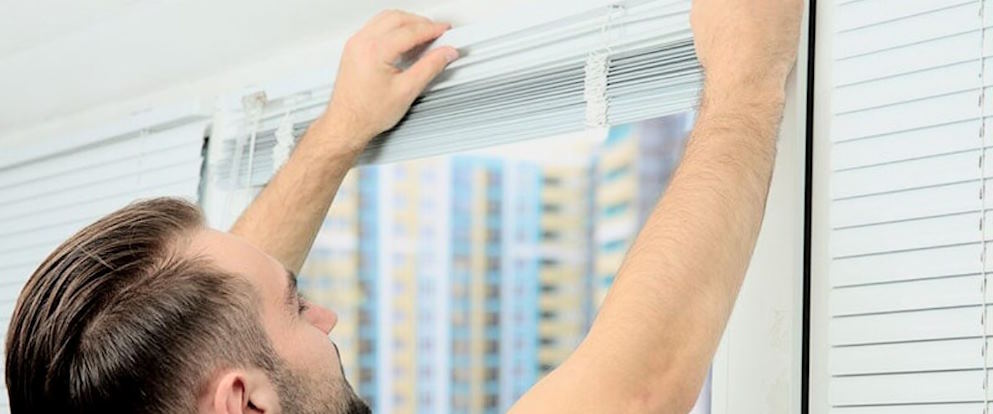As parents, ensuring the safety and well-being of our children is a top priority. Childproofing our homes is one of the most important steps in creating a child-friendly environment. Childproofing involves identifying potential hazards and taking measures to prevent accidents and injuries.
Secure Furniture and Heavy Items
Tall furniture, such as bookshelves and cabinets, can pose a tipping hazard for curious children. Use brackets or anchors to secure furniture to the wall, preventing it from toppling. Additionally, ensure that heavy items like TVs and appliances are properly mounted or secured to avoid accidental falls or tipping.
Install Safety Gates
Safety gates are essential for blocking off staircases, doorways, and other areas that may pose a risk to young children. Install gates at the top and bottom of staircases to prevent falls, and use them to restrict access to rooms or areas with potential hazards, such as the kitchen or laundry room.
Childproof Electrical Outlets
Cover electrical outlets with outlet covers or plug protectors to prevent children from inserting objects. Ensure that any exposed wires are properly secured and out of reach. Use cord organizers or cord shorteners to keep electrical cords neatly tucked away, minimizing the risk of tripping or pulling on cords.

Lock Cabinets and Drawers
Cabinets and drawers in the kitchen and bathroom often contain cleaning products, sharp objects, or other hazardous materials. Install childproof locks or latches on cabinets and drawers to prevent children from accessing these items. Keep dangerous substances, such as cleaning solutions or medications, out of reach and stored in locked cabinets.
Install Window Guards and Cordless Blinds
Windows can present a potential fall hazard for children. Install window guards or window stops to prevent accidental falls. Ensure that windows are always locked when not in use. Opt for cordless blinds or window coverings to eliminate the risk of strangulation from window cords.
Use Corner Guards and Edge Bumpers
Sharp corners and edges on furniture or countertops can pose a risk of injury. Apply corner guards or edge bumpers to cushion these areas and reduce the impact in case of accidental bumps or falls. Pay special attention to coffee tables, countertops, and furniture with sharp edges.

Secure Heavy Appliances
Stoves, refrigerators, and washing machines can be dangerous if not properly secured. Use appliance straps or anchoring devices to secure heavy appliances to prevent tipping or accidental opening. It is especially important for front-loading washing machines and dryers, which can be top-heavy.
Eliminate Small Choking Hazards
Keep small objects, such as coins, small toys, or buttons, out of reach of young children. Regularly inspect the floor and other areas for potential choking hazards. Be mindful of older siblings’ toys that may contain small parts, and ensure they are kept away from younger children.
Block Access to Hazardous Areas
Identify areas of your home that may pose a risk to children, such as the garage, basement, or storage areas. Use gates, locks, or barriers to block access to these areas and ensure that hazardous substances or tools are securely stored out of reach.
Supervision and Education
While childproofing is crucial, it is essential to remember that supervision and education are key components of keeping your child safe. Keep a close eye on your child, especially in potentially hazardous areas. Educate them about potential dangers and establish clear rules and boundaries to prevent accidents.


